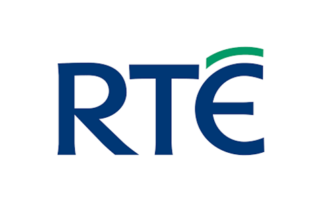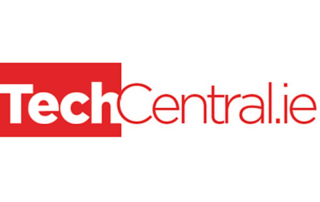Solar panels are an excellent investment for any household in Ireland, able to slash your electricity bills by 50% or more, while also reducing your carbon footprint.
Despite myths to the contrary, Ireland’s climate is more than suitable for solar PV panels to work on the roof of your home or business.
With the help of an €1,800 SEAI grant, and with the option to sell any unused electricity, solar panels can pay for themselves in just 5 – 7 years, and deliver free electricity for another two decades.
This makes solar panels excellent value in Ireland for their energy savings, strong financial gains, and environmental benefits.
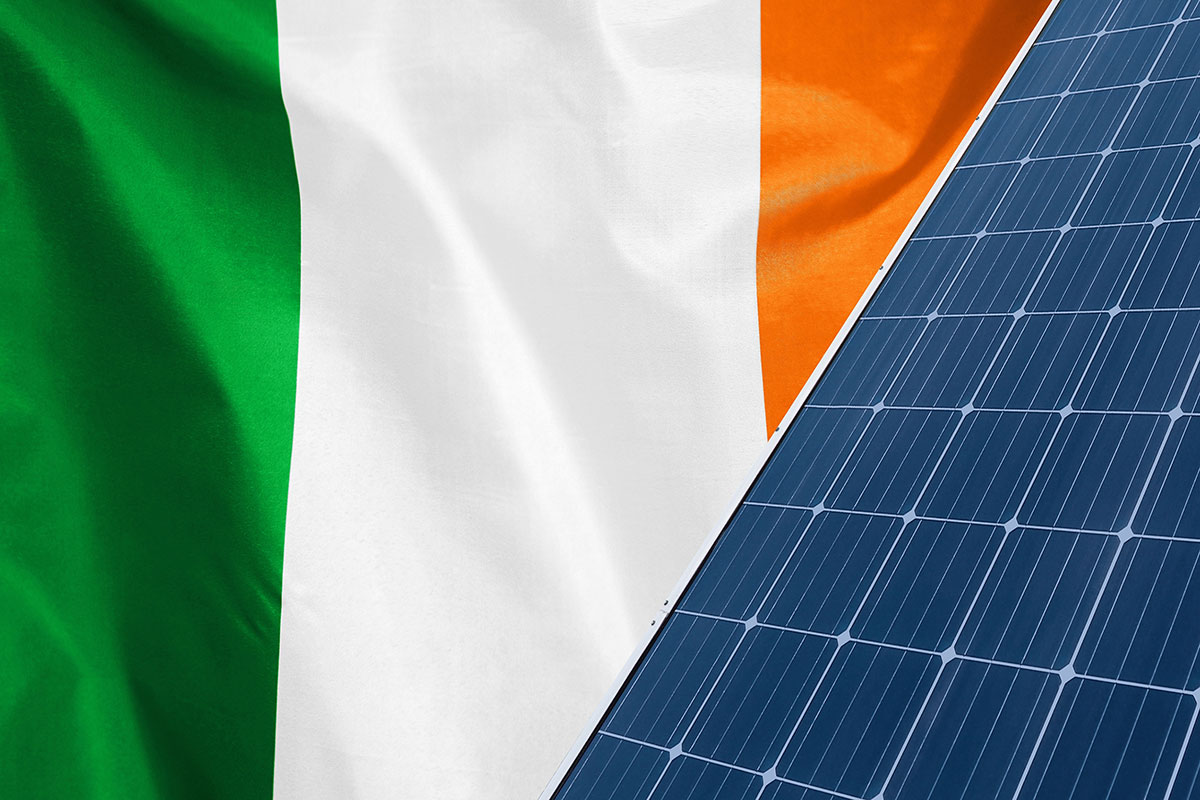
The key takeaways:
Table of Contents
How much electricity can you generate from solar power in Ireland?
Solar panels are capable of generating more than enough electricity in Ireland to cover 50 – 75% of the average household electricity usage.
The average household in Ireland uses 4,200kWh of electricity each year, and as little as 8 – 10 solar panels can generate more than two thirds of that amount in a year, even in the Irish climate.
The amount of electricity produced by a solar PV system will depend on both the number of solar panels installed, and the amount of sun they receive in the year.
Where is the sun coming from in Ireland?
When installing solar panels it is important to understand everything that will determine how much electricity they produce. One of the most important factors in that equation is how much sunlight they will receive, and how to make the most of this.
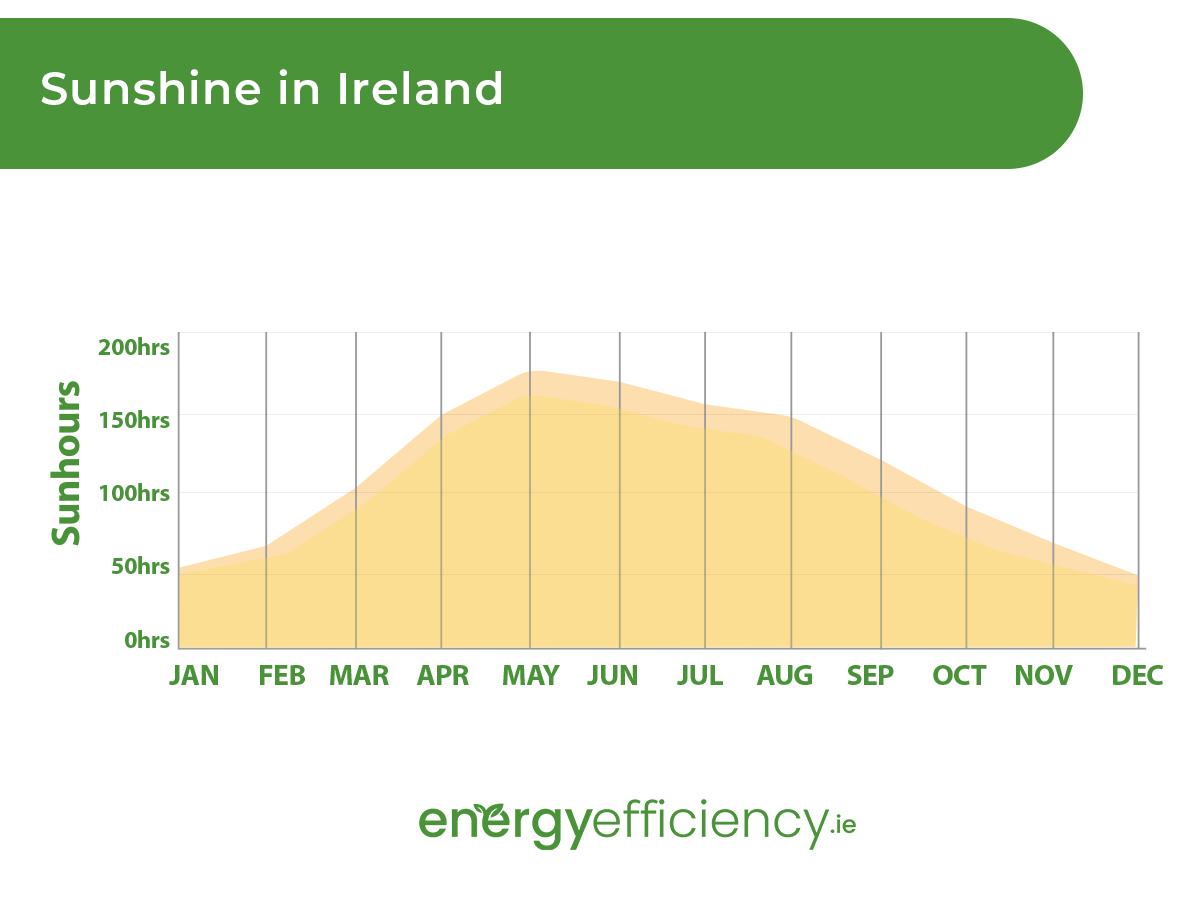
Solar Power and EV Charging
Using solar power can make EV charging even more affordable and energy efficient at home by using completely free green energy.
Many EV chargers come with built-in compatibility options for solar panels, allowing people to set a charger to draw power directly from the solar PV system instead of from the grid.
The options available will depend on the specific EV charger. However, this can include operating modes for the charger to receive priority for any solar power, or only to charge from excess solar power that is going unused and would otherwise be exported to the grid.
Reducing Your Carbon Footprint
Aside from the many financial reasons to invest in solar panels, they will also serve to significantly reduce your carbon footprint by eliminating the emissions of using electricity from the grid.
Having solar panels installed on your home can save hundred of kilograms of CO2 emissions each year by reducing fossil fuel usage in electricity generation.
The average carbon emissions from electricity generation in Ireland is 223 grams of CO2 per kWh of electricity consumed. That means that the average household will generate 936.6 kilograms of CO2 through its electricity usage each year.
Having a solar PV system that generates 60% of your electricity usage could reduce that household’s carbon emissions by 561.96 kilograms each year.
Solar power can also reduce gas an oil use for heating water with either solar thermal panels, or a power diverter and solar PV.
Break Even in 6 Years
A typical solar installation is fully paid back within 5 – 7 years. All solar panels we recommend are under warranty for 25 years, so you will enjoy at least 18 years of free energy generation.
0% VAT
As of 10 May 2023, the government has removed all VAT on solar installation and solar panel supply. This means solar has never been more affordable!
€1,800 SEAI Grant
There is a range of government grants available for all new solar installations. Our team will guide you through the application process.
Declining Cost of Solar Panels
The price of solar panels has fallen dramatically in recent years, with the cost of a solar PV system in Ireland falling somewhere between €5,500 and €10,500, even without the grant.
The average homeowner in Ireland will pay just over €7,200 for solar panels based on the average system size installed in Ireland in 2024.
Adding a single 5kW solar battery to that system will increase its cost by approximately €2,400 for most households.
The rapidly falling cost of solar has seen the payback period for a solar PV system fall from 10 years or more five years ago, to as little as 5 – 7 years now.
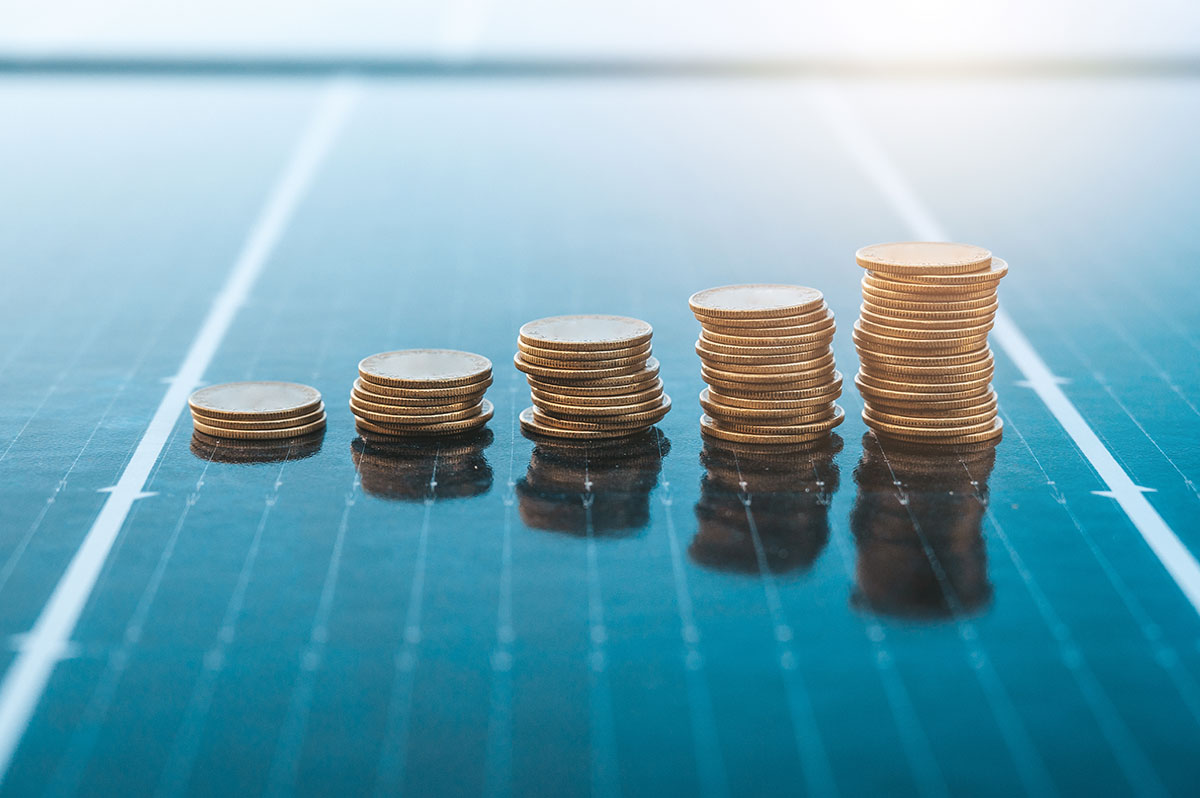
0% VAT on Solar Panels
A big game changer in the price of solar panels was the introduction of a 0% VAT rate for domestic solar PV, both their components and installation.
This applies to all ancillary products associated with the solar panel installation as well, such as the inverter, wiring, or a solar battery.
Introduced by the government in May 2023, this 0% rate reduced the cost of most domestic solar PV installations by approximately €1,000.
How much money can you save with solar panels?
A solar PV system should aim to reduce your household electricity bills by 50% – 75% if there is roof space available for a large enough system.
A household using the average of 4,200kWh per year would have an electricity bill in the region of €1,763 each year based on standard Electric Ireland prices.
Grants for Solar Panels
Irish households can also avail of an €1,800 solar grant from the SEAI to further reduce the cost of investing in solar power.
This grant is available for all private homeowners, including landlords, as long as the property was built and occupied before 2021.
The value of the SEAI solar grant is based on the size of the solar PV system being installed, maxing out at 4kWp in capacity.
You’ll hit this cap with 9 or 10 solar panels, depending on their strength. You can still install more panels, but the grant value won’t go up beyond that point.

Solar Panels as an Investment
Solar Panels make an excellent investment for homeowners, with an ROI significantly higher than other ways to invest your money such as a savings account or bonds.
Solar Panels on your home can pay for themselves in 5 – 7 years, with larger systems paying off their cost even more quickly than smaller ones.
Once a solar PV system has paid for itself, all of the money saved on electricity bills and exported to the grid is pure profit.
The larger the solar PV system you get installed, the greater the profit-to-cost ratio becomes.
The table below is based on a 25 year lifespan for the solar panels, but doesn’t take into account any increase in the price of electricity over the years, which would only push the savings even higher.
Solar panels are also an extremely low risk investment compared to many other options.
| No. of Solar Panels | System Cost | Lifetime Revenue | Lifetime Profit |
|---|---|---|---|
| 4 | €4,581 | €10.575 | €5,994 |
| 8 | €5,750 | €21,150 | €15,400 |
| 10 | €6,300 | €26,085 | €19,785 |
| 12 | €7,100 | €31,725 | €24,625 |
| 14 | €7,450 | €37,365 | €29,915 |
| 16 | €8,200 | €43,005 | €34,805 |
Increasing Property Values with Solar Panels
Installing solar panels on your home can increase its value by a significant amount. It has been shown that homes with solar panels installed can see their value go up by 4% compared with similar homes without them.
With low prices for solar panels, and the current Irish property market, the added value solar panels give to your home might even be greater than the cost of installing them.
Selling Excess Solar Energy
You can also earn money from any electricity generated by solar panels which goes unused by selling that surplus energy back to the grid for a feed-in tariff.
The feed-in tariff is the price set by electricity providers per kWh of surplus power exported to the grid.
| Electricity Supplier | Feed in Tariff |
|---|---|
| Pinergy | 25c per kWh |
| Energia | 20c per kWh |
| Flogas | 18.5c per kWh |
| Electric Ireland | 19.5c per kWh |
| SSE Airtricity | 19.5c per kWh |
| Bord Gais | 18.5c per kWh |
| Yuno Energy | 15.9c per kWh |
| Prepay Power | 15.9c per kWh |


